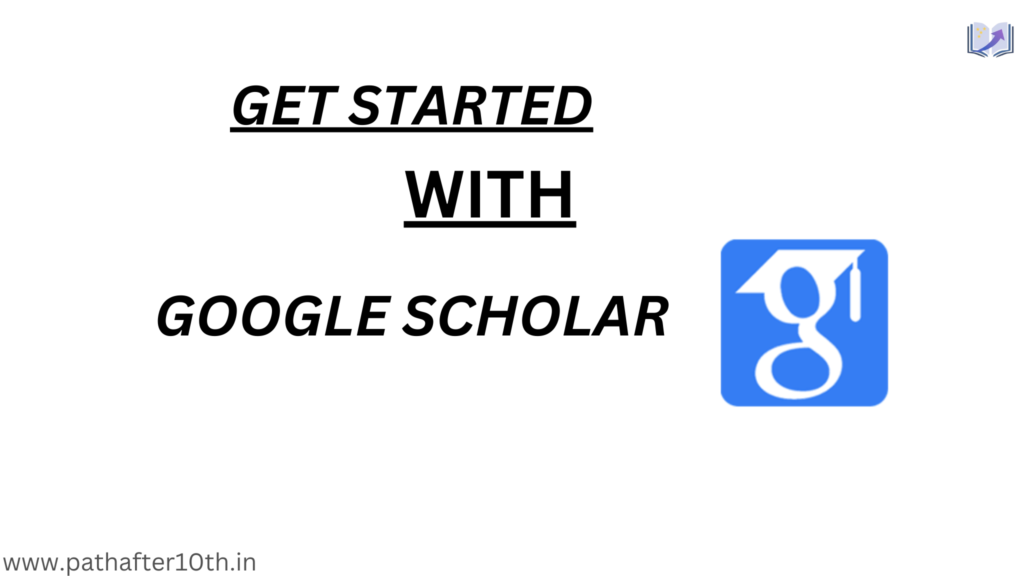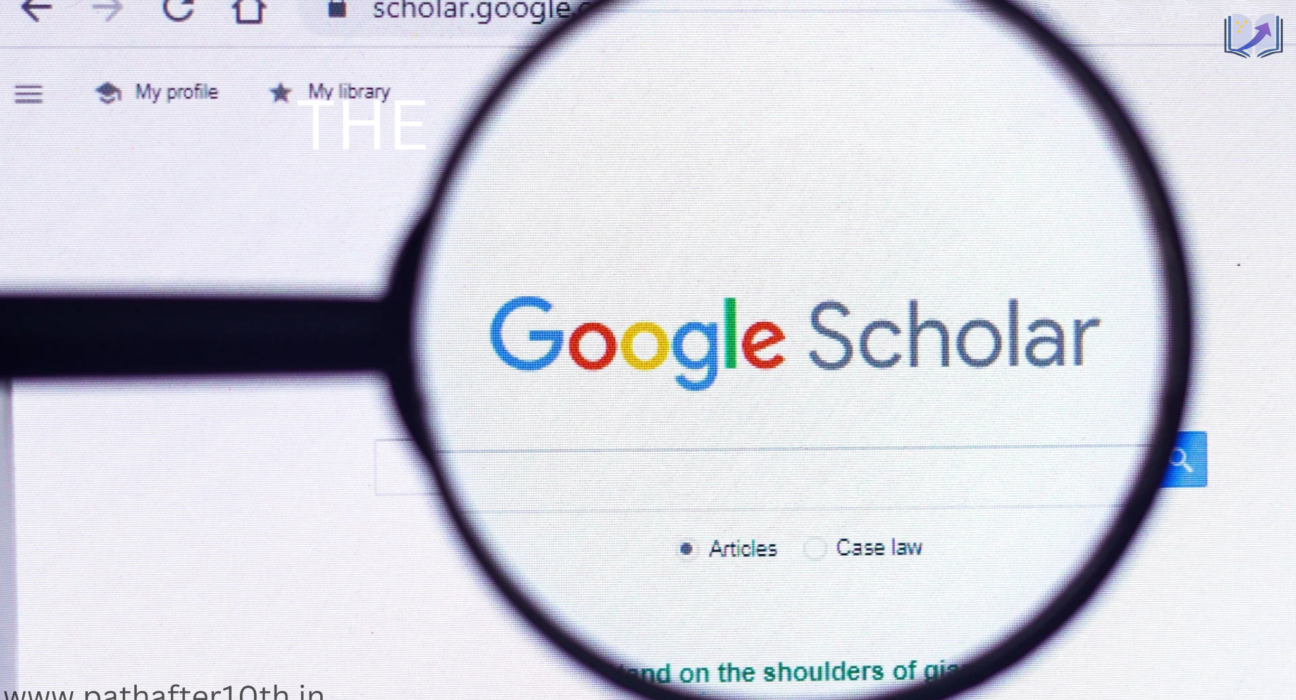When you’re just starting out with academic research, it’s easy to feel overwhelmed by the sheer volume of resources out there. Luckily, tools like Google Scholar make navigating the academic world much easier. This beginner-friendly guide will walk you through how to use Google Scholar, step by step, to find credible and relevant academic sources for your research.
want to know The Best Online Courses For Upskilling in 2024
Visit our blog: the-best-online-courses-for-upskilling-in-2024
What Is Google Scholar?
Before diving into the details, let’s clarify what Google Scholar is. It’s a free search engine designed specifically for academic research. Unlike Google, which delivers a mix of blogs, advertisements, and general web pages, Google Scholar focuses on scholarly content. It provides access to:

- Peer-reviewed journal articles
- Theses and dissertations
- Conference papers
- Books and legal opinions
Whether you’re a student, a researcher, or just curious, Google Scholar helps you access reliable academic resources without the noise of non-scholarly content.
Why Use Google Scholar?
There are plenty of reasons why Google Scholar should be your go-to tool for research:
- Free Access: While some content may require subscriptions, many articles are available for free.
- Comprehensive Database: It covers an enormous range of academic fields and topics.
- Ease of Use: If you know how to use Google, you’re halfway to mastering Google Scholar.
Simply put, it’s one of the most efficient ways to find academic-grade information quickly.
Getting Started with Google Scholar

1. Access Google Scholar
Start by visiting Google Scholar. You don’t need an account, but signing in with your Google credentials unlocks additional features like saving articles and creating alerts.
2. Understanding the Interface
The layout is clean and simple:
- A search bar at the top.
- Results displayed below, with links to access full texts or related works.
- Filters on the left side to narrow your search by year.
For a beginner, starting with a broad search and then refining it is the best way to learn.
How to Search Effectively
Searching in Google Scholar is straightforward, but mastering the art of finding the best results takes practice.
1. Start with Keywords
Choose precise keywords related to your topic. For example:
- Instead of searching “education,” try “impact of technology on education systems.”
- Combine terms like “renewable energy solutions” to focus your search.
2. Use Advanced Search Features
Click the menu icon (three lines) and select Advanced Search to refine your queries. This feature allows you to:
- Search for exact phrases using quotation marks (e.g., “artificial intelligence in healthcare”).
- Exclude words by adding a minus sign (e.g., “blockchain -cryptocurrency”).
- Limit results by publication year or author.
3. Boolean Operators
Boolean operators are powerful tools for fine-tuning searches:
- AND: Combines terms (e.g., “climate change AND agriculture”).
- OR: Broadens the scope (e.g., “sustainable energy OR renewable energy”).
- NOT: Excludes terms (e.g., “machine learning NOT gaming”).
4. Explore Related Articles
If you find a useful article, scroll down and click “Related articles.” This is an easy way to discover similar works without performing a new search.
Accessing Full Texts
1. Look for PDF Links
Some search results include “[PDF]” links, which often lead to free versions of the articles hosted by the author or their institution.
2. Use University Logins
If you’re affiliated with a university, log in through your library’s portal to access paid content for free.
3. Explore Open Access Repositories
Many academic works are freely available on platforms like PubMed, ResearchGate, and institutional repositories.
4. Contact the Author
Don’t hesitate to reach out to authors directly—many are happy to share their work for free if you ask.
Features to Make Your Life Easier
1. Save Articles to Your Library
Sign in with your Google account and click the star icon below any article to save it to your library. This makes it easy to organize your sources.
2. Citation Tools
Click the “Cite” button below a result to generate ready-to-use citations in styles like APA, MLA, or Chicago.
3. Set Up Alerts
Want updates on a specific topic? Use the envelope icon to create alerts. You’ll receive email notifications whenever new articles matching your search terms are published.
4. Analyze Metrics
Each article shows a “Cited by” count, giving you an idea of its influence. Articles with high citation counts are often more impactful.
Common Mistakes to Avoid
- Relying Only on Top Results: Just because an article appears first doesn’t mean it’s the most relevant. Take time to explore multiple pages of results.
- Not Checking the Date: Use the date filter to ensure your sources are recent, especially in fast-evolving fields like technology or medicine.
- Ignoring Peer Reviews: Always verify if the article is peer-reviewed for added credibility.
Alternatives to Google Scholar
While Google Scholar is incredibly versatile, it’s not the only tool available. Depending on your field, you might also consider:
- PubMed: Ideal for medical and life sciences research.
- JSTOR: A go-to for humanities and social sciences.
- ArXiv: Perfect for preprint articles in physics, math, and computer science.
FAQs About Google Scholar
1. Is Google Scholar free?
Yes, but some articles may require subscriptions or institutional access.
2. Can I trust Google Scholar results?
Generally, yes, but always verify the credibility of your sources.
3. How does Google Scholar rank results?
It uses relevance, keyword matching, and citation counts to rank results.
Conclusion: Why You Should Start Using Google Scholar
Whether you’re writing an academic paper, preparing for a presentation, or just diving into a new topic, Google Scholar is an invaluable resource. With its vast library of scholarly content and user-friendly features, it’s a tool every researcher should have in their arsenal.
So, what are you waiting for? Head over to Google Scholar today and start exploring. The world of academic research is at your fingertips!
Takeaway: Learning how to use Google Scholar effectively will not only save you time but also improve the quality of your research. If you found this guide helpful, share it with someone else starting their research journey.







